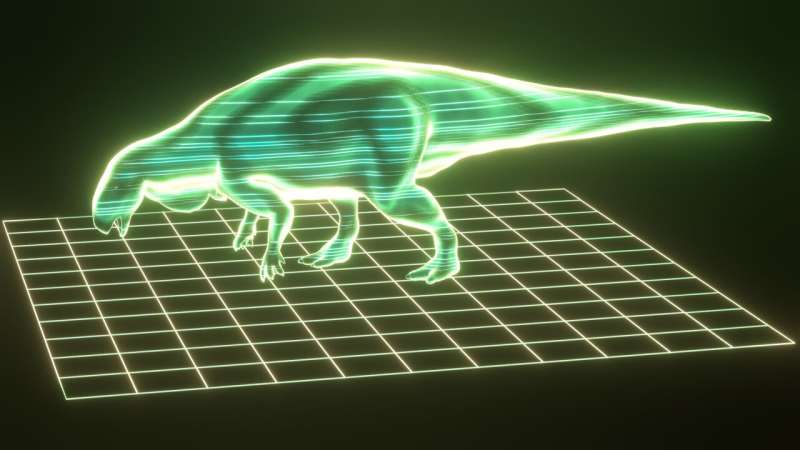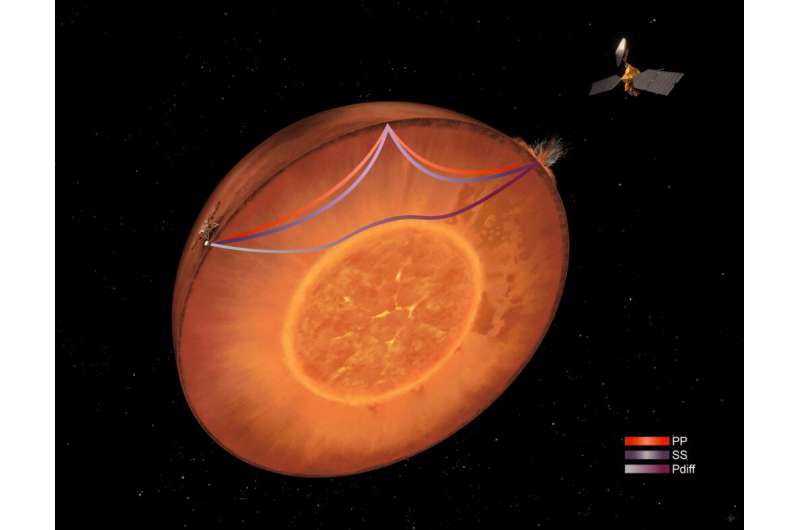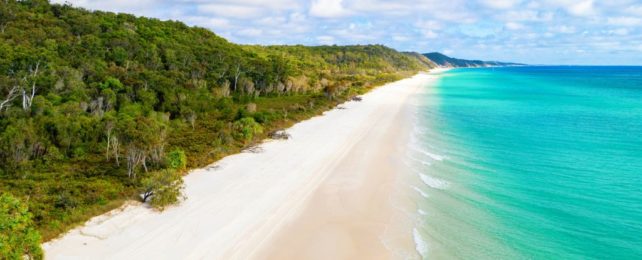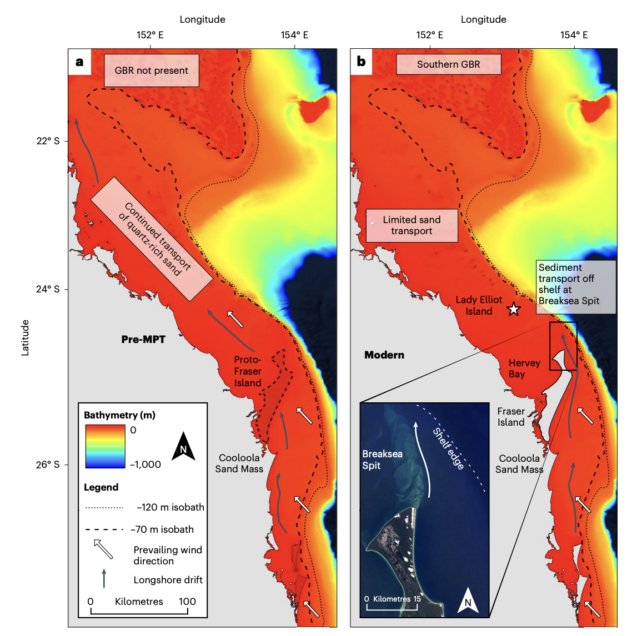Scientists Simulated a Black Hole in The Lab, And Then It Started to Glow
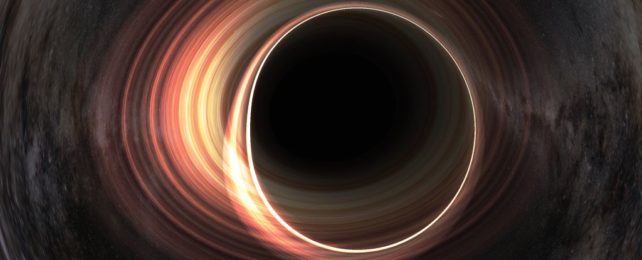 Simulation of a warped and spinning black hole. (Yukterez/Wikimedia Commons, CC BY-SA 4.0)
Simulation of a warped and spinning black hole. (Yukterez/Wikimedia Commons, CC BY-SA 4.0)A new kind of black hole analog could tell us a thing or two about an elusive radiation theoretically emitted by the real thing.
Using a chain of atoms in single-file to simulate the event horizon of a black hole, a team of physicists has observed the equivalent of what we call Hawking radiation – particles born from disturbances in the quantum fluctuations caused by the black hole's break in spacetime.
This, they say, could help resolve the tension between two currently irreconcilable frameworks for describing the Universe: the general theory of relativity, which describes the behavior of gravity as a continuous field known as spacetime; and quantum mechanics, which describes the behavior of discrete particles using the mathematics of probability.
For a unified theory of quantum gravity that can be applied universally, these two immiscible theories need to find a way to somehow get along.
This is where black holes come into the picture – possibly the weirdest, most extreme objects in the Universe. These massive objects are so incredibly dense that, within a certain distance of the black hole's center of mass, no velocity in the Universe is sufficient for escape. Not even light speed.
That distance, varying depending on the mass of the black hole, is called the event horizon. Once an object crosses its boundary we can only imagine what happens, since nothing returns with vital information on its fate. But in 1974, Stephen Hawking proposed that interruptions to quantum fluctuations caused by the event horizon result in a type of radiation very similar to thermal radiation.
If this Hawking radiation exists, it's way too faint for us to detect yet. It's possible we'll never sift it out of the hissing static of the Universe. But we can probe its properties by creating black hole analogs in laboratory settings.
This has been done before, but now a team led by Lotte Mertens of the University of Amsterdam in the Netherlands has done something new.
A one-dimensional chain of atoms served as a path for electrons to 'hop' from one position to another. By tuning the ease with which this hopping can occur, the physicists could cause certain properties to vanish, effectively creating a kind of event horizon that interfered with the wave-like nature of the electrons.
The effect of this fake event horizon produced a rise in temperature that matched theoretical expectations of an equivalent black hole system, the team said, but only when part of the chain extended beyond the event horizon.
This could mean the entanglement of particles that straddle the event horizon is instrumental in generating Hawking radiation.
The simulated Hawking radiation was only thermal for a certain range of hop amplitudes, and under simulations that began by mimicking a kind of spacetime considered to be 'flat'. This suggests that Hawking radiation may only be thermal within a range of situations, and when there is a change in the warp of space-time due to gravity.
It's unclear what this means for quantum gravity, but the model offers a way to study the emergence of Hawking radiation in an environment that isn't influenced by the wild dynamics of the formation of a black hole. And, because it's so simple, it can be put to work in a wide range of experimental set-ups, the researchers said.
"This, can open a venue for exploring fundamental quantum-mechanical aspects alongside gravity and curved spacetimes in various condensed matter settings," the researchers write.
The research has been published in Physical Review Research.
